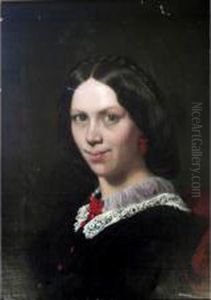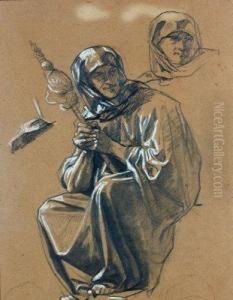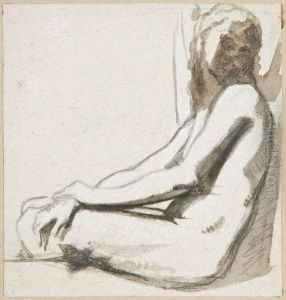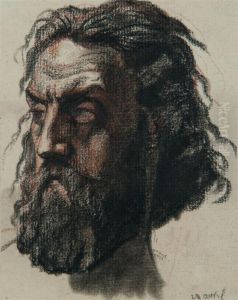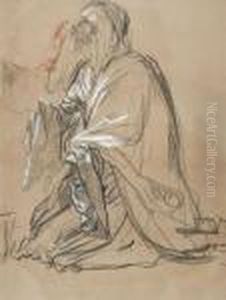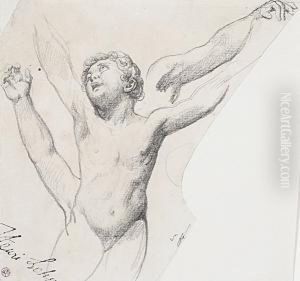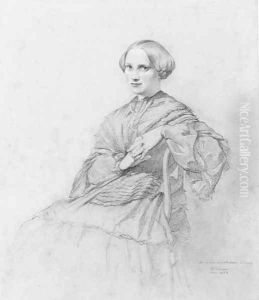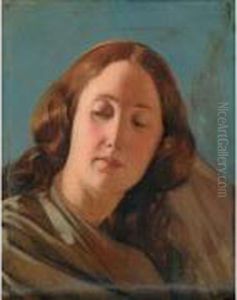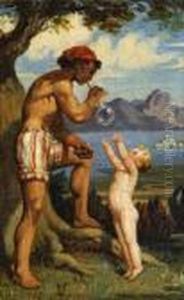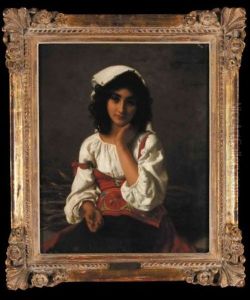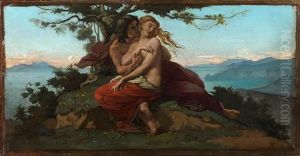Henri Lehmann Paintings
Henri Lehmann was a German-born French historical painter and portraitist. Born Heinrich Salem Lehmann in Kiel, Germany, on April 14, 1814, he moved to Paris, France, in 1831 to study painting. Lehmann entered the École des Beaux-Arts and became a student of Jean-Auguste-Dominique Ingres, who had a significant influence on his style and technical proficiency.
Lehmann established his reputation in the French art world with his classical and allegorical paintings, as well as his portraits. He regularly exhibited at the Paris Salon, the official art exhibition of the Académie des Beaux-Arts in Paris, and received numerous awards for his work, including the prestigious Prix de Rome in 1837. This award granted him a scholarship to study at the French Academy in Rome, where he spent several years honing his skills and absorbing Italian Renaissance influences.
Lehmann's work was characterized by its clear composition, precise drawing, and a smooth painting technique. He was also known for his religious and mythological scenes, which were rendered with a sense of clarity and simplicity. He became a respected teacher, counting among his students notable artists such as Georges Seurat and Jean-Léon Gérôme.
Throughout his career, Lehmann contributed to numerous public and private art collections, and his works were acquired by various institutions. His legacy is that of a classical academic artist who upheld the traditional values of fine draftsmanship and noble subject matter. Henri Lehmann died in Paris on March 30, 1882, leaving behind a body of work that continues to be appreciated for its craftsmanship and elegance.








